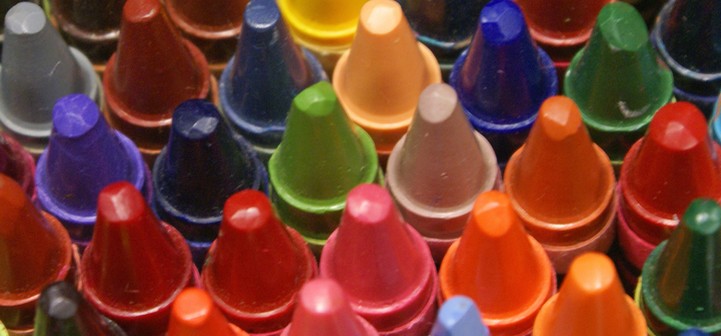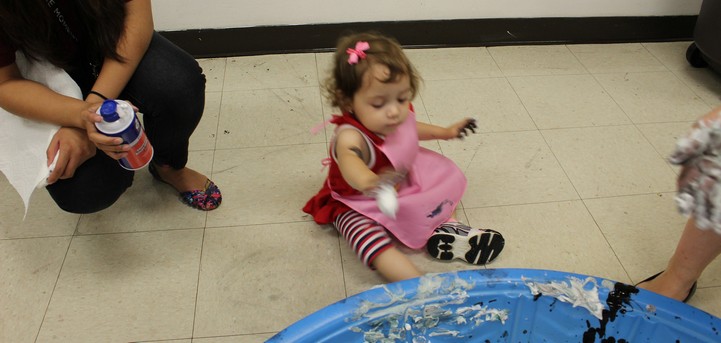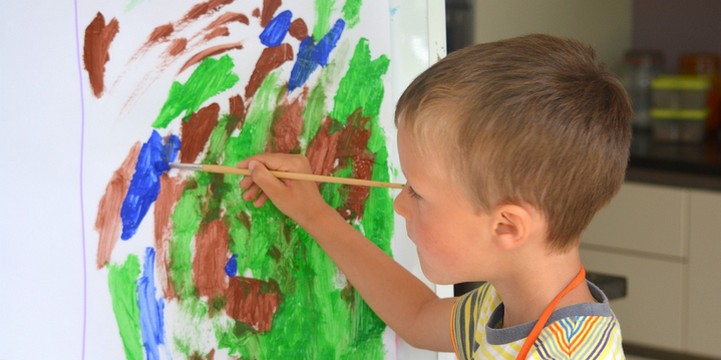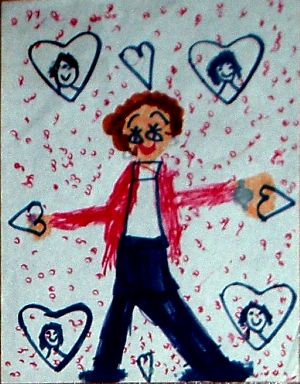
Art is a favorite activity for most children in child care. However, a few children may be little hesitant to join in the fun. Some children don’t like the mess and don’t want to get dirty. Others may watch from the sidelines or avoid art altogether. Observing children closely will help you understand their reluctance to explore and experiment with art. The following ideas may be helpful as you work with children.
Children Who Avoid the Art Area
If given …








